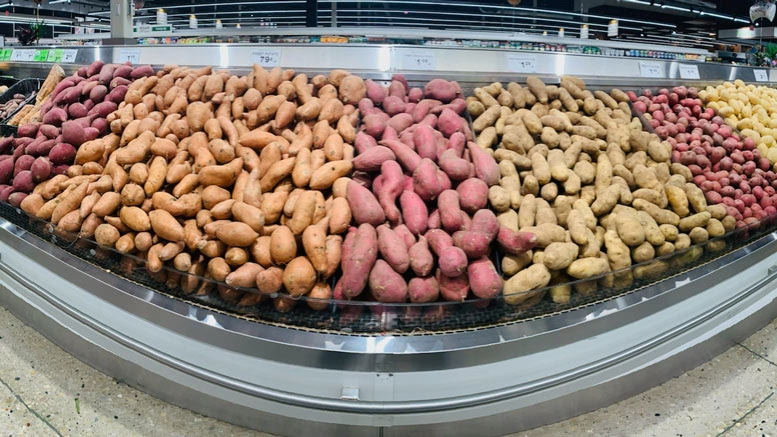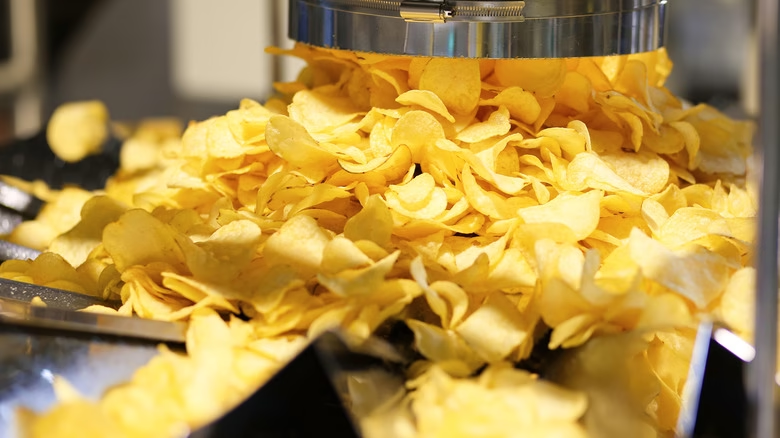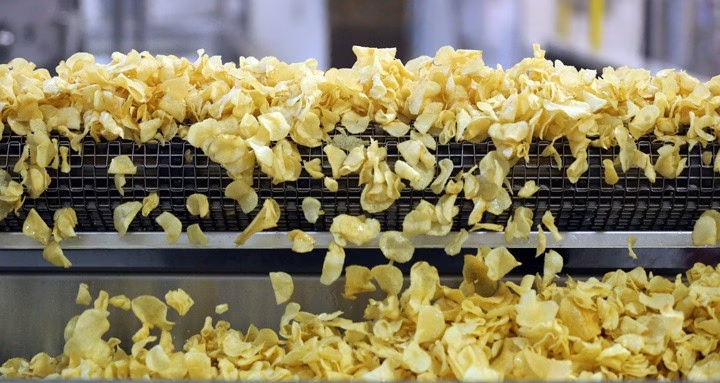Potato Chips Price is Rising Due to an Unexpected Factor, what’s the reason!

In recent years, the price of a bag of potato chips has skyrocketed, and it’s not just inflation that’s behind the surge. Rising global temperatures and climate change are also playing a significant role in pushing prices up. Let’s break down why that crunchy snack you love has become more costly and what it means for our food future.
The Price of Chips: A 50% Increase in 10 Years
Potato chips are a staple in many American households. They’re the go-to snack for everything from casual lunches to movie nights. However, the price for a 16-ounce bag of chips has risen dramatically. Ten years ago, a bag cost about $4.27. By the end of 2024, it will cost an average of $6.32. That’s an increase of nearly 50%! While inflation is a big part of the price hike, there’s another surprising culprit: our warming planet.

How Climate Change is Impacting Potato Farming
The United States is one of the largest producers of potato chips, with Idaho and Washington leading the pack. However, climate change is having a profound effect on these key potato-growing regions. In 2024, Idaho had its third-warmest year on record, and Washington wasn’t far behind, experiencing its 15th warmest year.
Potatoes, the key ingredient for chips, are particularly sensitive to temperature changes. Warmer soil means less favorable growing conditions. As temperatures rise, it becomes harder to produce enough potato chips, which directly impacts the supply chain. In fact, regions like Pennsylvania, which is home to numerous potato chip factories, are also feeling the heat. The state saw its warmest year on record in 2024, and the acreage dedicated to growing chipping potatoes has been shrinking in recent years.
Professor Walter De Jong from Cornell University points out that it’s becoming unsustainable for Pennsylvania to depend on potatoes from places like Florida and the Northwest due to the shifting climate. If farmers can’t grow enough potatoes locally, they’ll need to adapt or face higher prices for imported ones, further driving up chip costs.

How Extreme Weather Affects Crops Across the Country
While it’s easy to think of chips as just a small part of the bigger picture, the reality is that the cost of potato chips reflects a larger issue: the impact of extreme weather on agriculture. It’s not just potatoes that are feeling the strain. Farmers in New Mexico have been struggling with droughts and wildfires, reducing their yields for several crops. Similarly, Oklahoma experienced significant crop losses in 2023, despite being a top producer of cotton and wheat. Droughts and unpredictable weather patterns have made farming more difficult across the country.
The effects of extreme weather on crops are not just bad news for potato chip lovers. These changes impact food prices nationwide, causing a ripple effect across different industries. As crops become scarcer due to extreme weather, the cost of producing not only chips but many other foods, such as wheat and cotton, continues to rise.

What Can Be Done to Combat the Crisis?
If you’re wondering what can be done to reduce the rising prices and ensure a steady supply of your favorite snacks, the key lies in tackling climate change. One of the most crucial steps is reducing the heat-trapping gases that contribute to global warming. This involves switching to cleaner energy sources, reducing carbon emissions, and finding ways to protect crops from the impacts of extreme weather.
The good news is that change is possible. We can all play a part in advocating for a healthier planet. Educating ourselves about climate issues, discussing solutions with others, and supporting political leaders who prioritize climate action are some of the ways we can contribute to a more sustainable future.
Conclusion: A Chip of the Iceberg
The rising price of potato chips is more than just a sign of inflation; it’s a reflection of the larger issue of climate change and its impact on agriculture. While it may seem like a small problem, the increasing cost of chips highlights a much bigger challenge we face. By understanding how extreme weather affects crops and taking steps to reduce our environmental impact, we can work towards a future where affordable and sustainable food options are available to everyone. So, the next time you grab a bag of chips, remember—there’s more to the price hike than just inflation.






